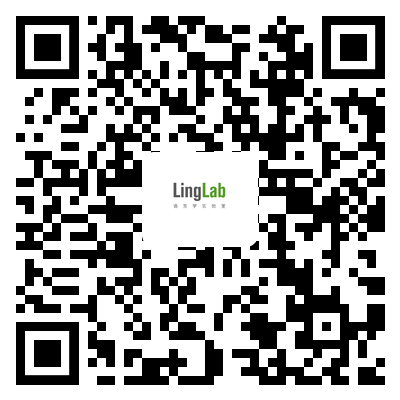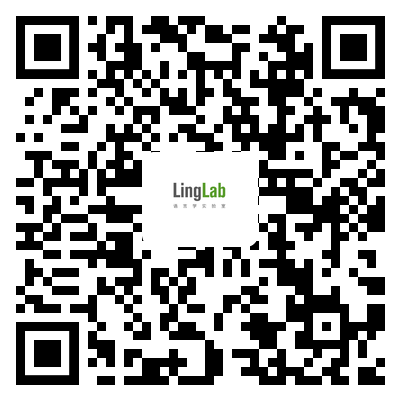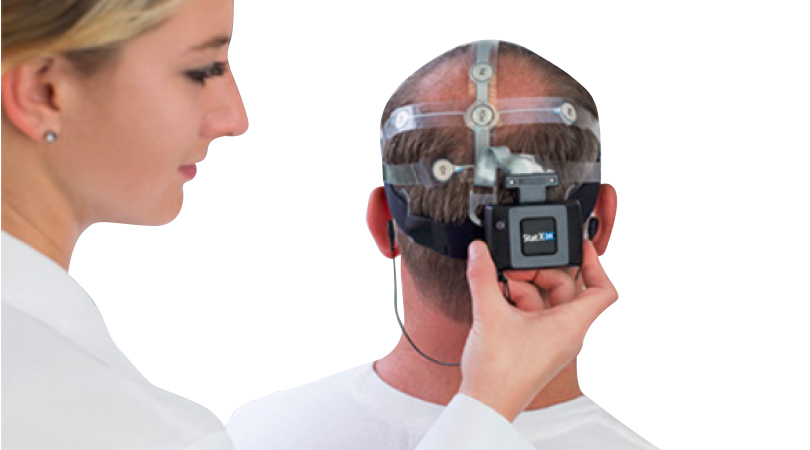453 阅读 2021-12-14 19:54:46 上传
Contents
List of figures ix List of tables xi List of text box xiii List of contributors xiv
Introduction: theorizing research methods in the ‘golden age’
of applied linguistics research 1 Jim McKinley
PART I
Key concepts and current considerations 13
-
1 Methodological transparency and its consequences for the quality
and scope of research 15 Emma Marsden -
2 Multi-perspective research 29
Brian Paltridge
-
3 Expanding the scope of mixed methods research in applied
linguistics 39 Mohammad R. Hashemi -
4 Sampling: problematizing the issue 52
Masuko Miyahara
-
5 Ensuring translation fidelity in multilingual research 63
Gene Thompson and Karen Dooley
-
6 Researching multilingually in applied linguistics 76
Jane Andrews, Prue Holmes, Richard Fay, and Susan Dawson
7 Solidarity and the politics of ‘us’: how far can individuals go in
language policy? Research methods in non-Western contexts 87 Cristine G. Severo and Sinfree B. Makoni
- 8 Advancing quantitative research methods 98
- Shawn Loewen and Aline Godfroid
- 9 Interdisciplinary research 108
-
Jack Pun
-
10 Ethics in applied linguistics research 122
Peter I. De Costa, Jongbong Lee, Hima Rawal, and Wendy Li
PART II
Designs and approaches to research 131
-
11 Experimental and quasi-experimental designs 133
John Rogers and Andrea Révész
-
12 Case study research: making language learning complexities visible 144
Patricia A. Duff
-
13 Ethnography: origins, features, accountability, and criticality 154
Li Wei
-
14 Autoethnography and critical ethnography 165
Sue Starfield
-
15 Action research in language education 176
Darío Luis Banegas and Sal Consoli
-
16 Core dimensions of narrative inquiry 188
Gary Barkhuizen
-
17 Methodological issues in critical discourse studies 199
Christian W. Chun
-
18 Integrating corpus tools into mixed methods research 211
Ron Martinez
-
19 Systematic reviews in applied linguistics 230
Ernesto Macaro
vi
-
20 Meta-analysis in applied linguistics 240
Yo In’nami, Rie Koizumi, and Yasuyo Tomita
-
21 Methods and approaches in language policy research 253
Qing Shao and Xuesong (Andy) Gao
-
22 Grounded theory method 264
Gregory Hadley
PART III
Data collection methods 277
-
23 Planning and conducting ethical interviews: power, language
and emotions 279 Louise Rolland, Jean-Marc Dewaele and Beverley Costa -
24 Focus groups: capturing the dynamics of group
interaction 290 Nicola Galloway -
25 Think-aloud protocols 302
Lawrence Jun Zhang and Donglan Zhang
-
26 Stimulated recall 312
Hugo Santiago Sanchez and Trevor Grimshaw
-
27 Questionnaires: implications for effective implementation 324
Janina Iwaniec
-
28 Observations and field notes: recording lived experiences 336
Xiao Lan Curdt-Christiansen
-
29 Diaries and journals: collecting insider perspectives in second
language research 348 Heath Rose -
30 Oral language elicitation tasks in applied linguistics
research 360 Faidra Faitaki and Victoria A. Murphy -
31 Eye tracking as a data collection method 370
Ana Pellicer-Sánchez and Kathy Conklin
Contents
vii
Contents
PART IV
Data analysis 383
-
32 Using statistical analysis software (R, SPSS) 385
Jenifer Larson-Hall and Atsushi Mizumoto
-
33 Descriptive statistics in data analysis 398
Jessica Briggs Baffoe-Djan and Sara Ashley Smith
-
34 Inferential statistics in quantitative data analysis 415
Simone E. Pfenninger and Hannah Neuser
-
35 Factor analysis and statistical modeling in applied linguistics:
current issues and possibilities 427 Yuliya Ardasheva, Kira J. Carbonneau and Xue Zhang -
36 Qualitative content analysis 440
Ali Fuad Selvi
-
37 Text analysis 453
Wei Wang
-
38 Analysis of corpora 464
Averil Coxhead
-
39 A discursive psychological approach to the analysis of talk
and text in applied linguistics 474 Matthew T. Prior and Steven Talmy -
40 Multimodal (Inter)action Analysis 488
Jarret Geenen and Jesse Pirini
-
41 Toward an expansive interactional analysis 500
Suresh Canagarajah, Daisuke Kimura, Mohammad Naseh Nasrollahi Shahri, and Michael D. Amory
Index 514











